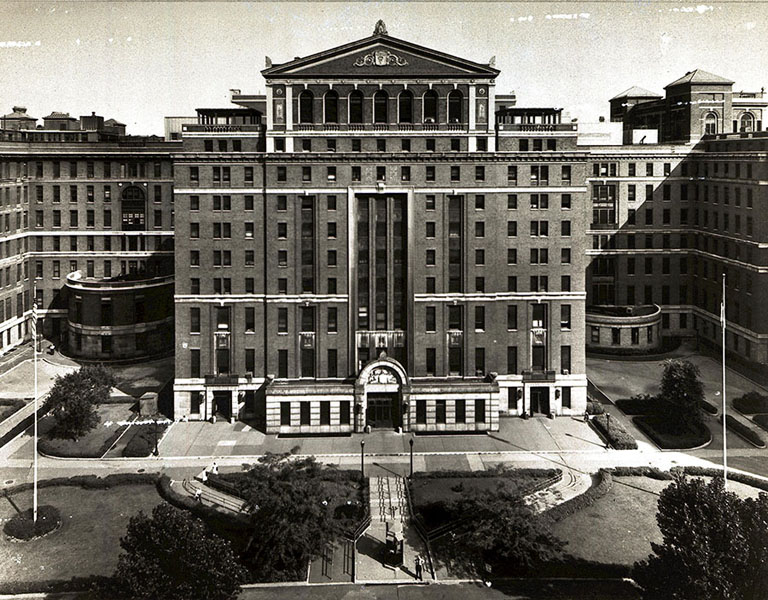The Start Of A Historic Career

From 1877 to 1878 he worked at New York Hospital, now Bellevue. There he developed a bedside chart that traced temperature, respiration, and pulse to have a consistent view of a patient’s vital signs. Here he met Dr. William Welch and quickly became close friends.
Starting in 1878 and lasting two years, Dr. Halsted traveled through Europe learning more about his art. He visited Vienna to study under Chiari in Pathology, Surgery under Billroth and Braun – which lead to more friends in their assistants Mikulcz and Woelfler, and Schneck in embryology.
He then visited Würzburg to study with Kolliker to enhance his understanding of embryology and Stoeher on histology and finally von Bergmann to learn more about surgery. He finished his travels in Hamburg and Kiel studying under Schede and Esmarch which enhanced his understanding of many of the practices of which he was interested.
For six years, known s the “New York period” from 1880 to 1886, he had the most vigorous period of his career and possibly of his life. Dr. Halsted was on the staff of the Roosevelt Hospital in which he ran the outpatient department with Richard Hull and Frank Hartley performing operations on several mornings throughout the week. He also worked at Bellevue under a specially built tent-like building where he could perform surgery using antisepsis.
As a side note, antisepsis was ignored by most in the medical community at this time. It was a new idea and one most did not trust. Dr. Halsted was one of the early adopters and it became a standard in surgery years later. During this time, he also worked at the Presbyterian as a visiting staff member and at the Chambers Street Hospital.
As if that wasn’t enough, he was part of the faculty of the College of Physicians and Surgeons with a specialty in demonstrating anatomy, he worked as the Chief of Surgery at Emigrant Hospital, and was a visiting physician at the Charity Hospital. Because he had so many commitments, his surgeries at Charity Hospital were generally performed in the night.
